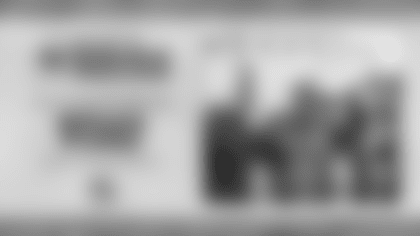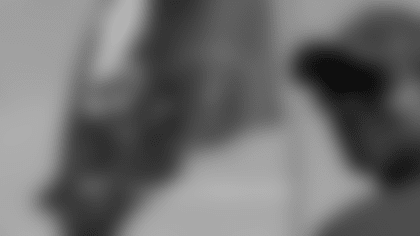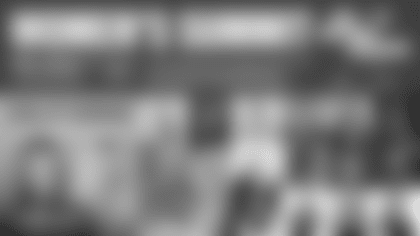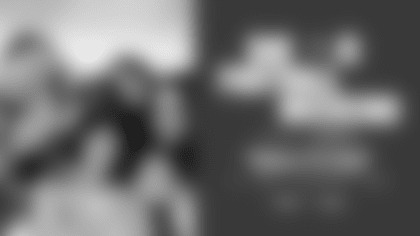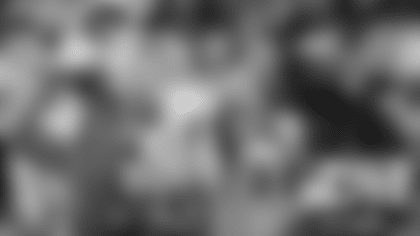There are a LOT of rules in professional football. The 2015 NFL Rulebook (which can be found online as a downloadable PDF if that’s your thing) is 86 pages long and clocks in right around 50,000 words. A LOT of rules.
Care for some perspective? William Shakespeare's longest play is Hamlet, at a tragic 30,066 words. Classics like Orwell's Animal Farm, Dickens's A Christmas Carol, and Steinbeck's Of Mice And Men also all fall a good 20,000 words short. You could flip through The Great Gatsby's 47,094 more quickly, and less painfully, than the NFL Rulebook. But I digress.
For most fans, knowing the basics is much more than enough to get by, and one of the most important sections to know (and the most fun for all the armchair referees out there) is the penalties.
We've compiled a series of Chalk Talk write-ups going over some of the most common calls that you'll see on Sundays.
**
Defensive Holding
Defensive Pass Interference
Illegal Contact
**
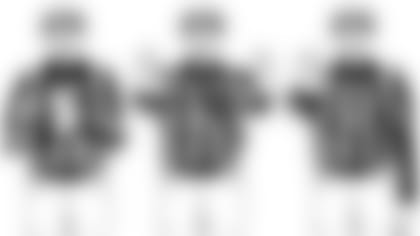
What They're Worth:**
Defensive Holding: Five-yard penalty and automatic first down
Defensive Pass Interference: Spot foul, the ball is placed where the foul occurs. If the interference is in the end zone, the ball is placed at the one-yard line.
Illegal Contact: Five-yard penalty and automatic first down.What They Are:
We've already had an entire Chalk Talk article covering these three penalties, which have become far more frequent in recent years. Learn about the differences between the three and how to spot them by clicking here.
We'll be back next week to go over more common calls.
Offensive Holding

What It's Worth: 10-yard penalty charged against the offense, replay the down. If it is called in the back end zone, it is an automatic safety.Frequency: Last season, offensive holding was called 629 times (37 times per week), making it the most common penalty in football. At 10 yards per penalty, that equates to more than a 5K worth of penalty yards, enough to get your from Raymond James Stadium to Curtis Hixon Park in downtown Tampa.What It Is: When an offensive player, most commonly a lineman, grabs or pulls an opponent when attempting to block them.
False Start

What It's Worth: Five-yard penalty, replay the down.Frequency: 588 times in 2014, 34.6 times per week resulting in 2851 penalty yards.What It Is: An offensive player illegally moves after lining up for (but prior to) the snap. Basically, if any offensive player moves or flinches after he has gotten in his set position before the start of the play.
- *
Unnecessary Roughness

Frequency: 208 times last season, 12.7 times per week, the most common of the 15-yard fouls.
What It Is: The broad term for any number of safety- or conduct-related infractions, such as hitting a ball carrier after they have gone out of bounds, hitting a ball carrier after they have already been called down and the whistle has blown (aka "late hit"), leading with your helmet or making contact with another player's helmet, or any kind of violent contact with an opponent who is out of the play.
Facemask

Frequency: 90 times in 2014, 5.3 times per week
What It Is:
This is the grabbing the facemask of any other player while attempting to block or tackle him. To be a penalty the offending player must twist, turn or pull the facemask in any direction. This penalty used to be divided into a five-yard infraction for less severe offenses and the 15-yard personal foul, now all versions result in a 15-yard penalty.
Roughing the Passer

Frequency:
99 times in 2014, 5.8 times per week
What It Is:
Any form of illegal contact on a quarterback. This includes any excessive contact after the ball has been thrown (a defender is given one step from the time the ball is thrown to slow their momentum), excessive force on sacks like driving a quarterback into the ground, contact of any kind to the head of the quarterback or hitting a quarterback below the knees.
Unsportsmanlike Conduct
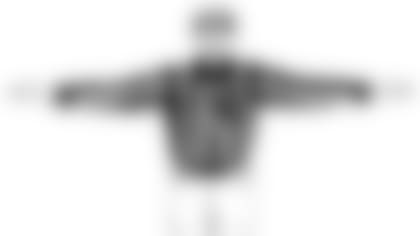
Frequency:
65 times in 2014, 3.8 times per week
What It Is:
Unsportsmanlike contact most often occurs after a play is over, when a player makes inappropriate contact, gestures or says something inappropriate to an opposing player or official. Taunting or excessive celebration fall under this category.






